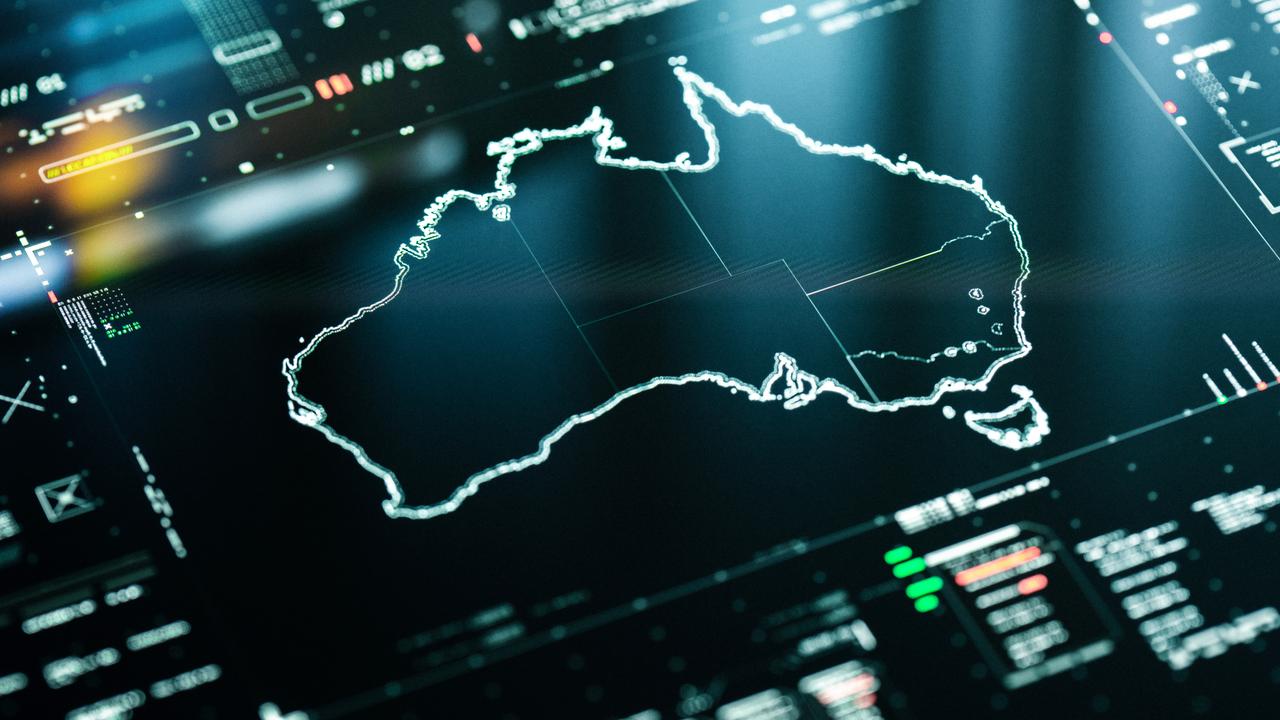Korean factory a welcome boost to Australia’s armoured vehicle industry
South Korean industrial giant Hanwha is now the largest single contractor by value for the Australian Army, and on August 23 it opened a state-of-the-art factory close to Geelong.

South Korean industrial giant Hanwha is now the largest single contractor by value for the Australian Army, and on August 23 it opened a state-of-the-art factory close to Geelong.
Hanwha will soon start producing 30 tracked AS-9 Huntsman 155mm self-propelled howitzers and 15 unique AS-10 combat resupply vehicles. These will be followed by an even larger order for 129 Redback infantry fighting vehicles.
Each of the 45-tonne Redbacks will be armed with a 30mm Bushmaster canon and two Spike anti-tank guided missiles. They have a crew of three and can carry up to eight fully armed soldiers into combat. Some of these IFVs will be in command configuration with additional communications equipment. Their turrets come from Israeli supplier Elbit, and this has attracted some criticism because of the Gaza War.
Asked for a comment at the event, Defence Minister Richard Marles said the government was aware of Elbit’s role, adding: “But in saying that, we are not a direct contractor with Elbit. I mean, that is part of the capability that has been put together by Hanwha. Hanwha is the prime contractor here. They are the company with whom we have contracted to provide the capability of the infantry fighting vehicle and, ultimately, the supply chain that it engages to build its vehicle is a matter for them.”
Asked if he was comfortable with the situation, the answer was a simple “Yes”.
The Defence Strategic Review (DSR) has slashed the number of Redbacks from 450 to 129, using the spurious logic that since the RAN’s LHDs can only carry about 60 IFVs each, the full original number could never be deployed outside Australia. This ignores the fact that the LHDs could sail backwards and forwards to pick up more, or Defence could charter a commercial vehicle carrier or even that RAAF C-17s can fly them.
Ignoring that, the Minister would only say: “We need to be focused on capability which we can move beyond our continent. Facing a land war on the Australian continent is not the strategic challenge that we face going forward. Being able to project and make our contribution to the collective security of the region is the strategic problem that we need to address.”
The DSR also cut the SPH order in half, pointing out that army is moving to a greater reliance on rocket artillery, which can fire projectiles over far greater distances. While that is true, Ukraine’s fightback against Russia has involved some rockets but the bulk of the work is being carried out by 155mm artillery, with many of the systems being self-propelled.
This is because rockets are relatively expensive and once a volley of them has been fired – typically six for a launcher such as HIMARS – it takes many minutes to reload by an unprotected soldier vulnerable to counter battery fire. In contrast, the Huntsman is heavily protected and can lob less-costly high explosive shells every few seconds.
Because of the ability to resupply them in the field using AS-10s – these use the same hull as the AS-9s – it is possible to achieve continuous high rates of fire.
Fighting the Russians has also shown that IFVs have in many cases been more useful than main battle tanks. This is because they are far more manoeuvrable and easier to support than an MBTs – and even the rapid-firing 30mm main gun can quickly blind and immobilise the tank by destroying its sensors and targeting its tracks.
Putting all of that together, it is possible that a future government might raise IFV and SPH numbers back up to their original levels. This is because the cuts might have been due to the need to fund AUKUS rather than anything else.
As well as lifting Army’s combat power, such a move might also be economically attractive. Valued at $170m, the Geelong plant – which was completed two months ahead of schedule – would benefit from a continuous flow of work coming from a much larger pool, with older armoured vehicles being returned for repairs and upgrades to supplement the construction of new ones.
There is also a good possibility that some of these platforms will be exported from Australia. The Republic of Korea Army is looking for new generation IFVs, as are several European nations – and all are showing a keen interest in the Redback.
Also, 155mm SPHs are in such demand that Hanwha has had to open a third production line in the city of Changwon. Geelong could become a fourth.



To join the conversation, please log in. Don't have an account? Register
Join the conversation, you are commenting as Logout